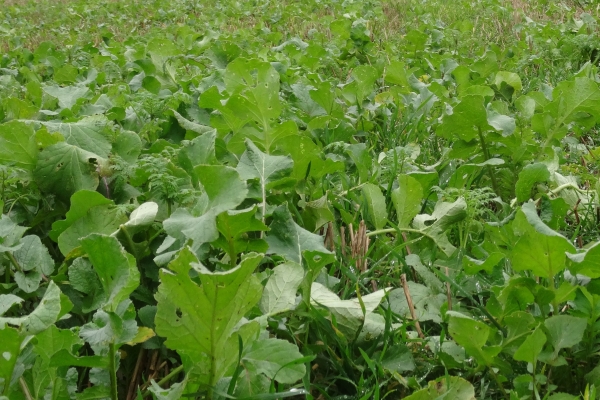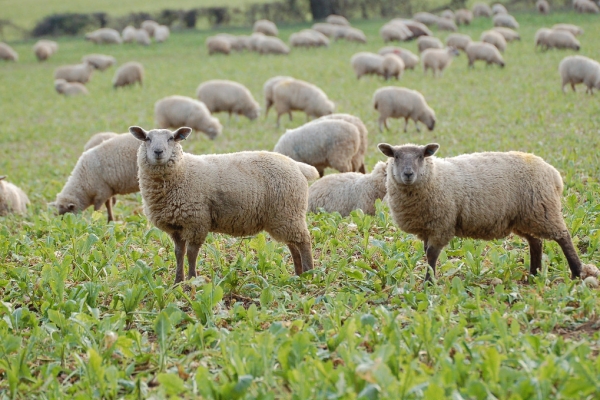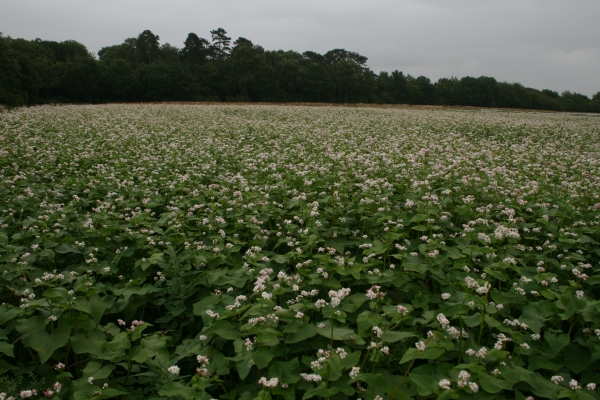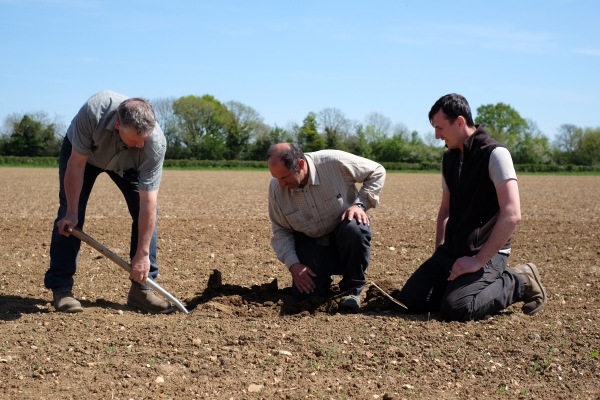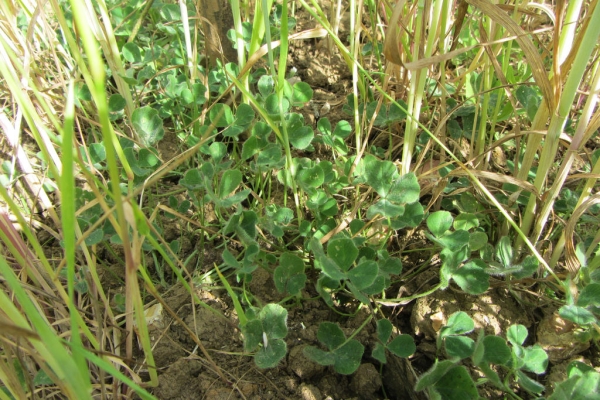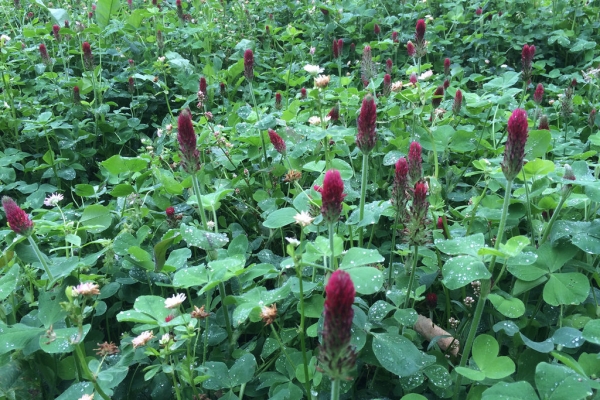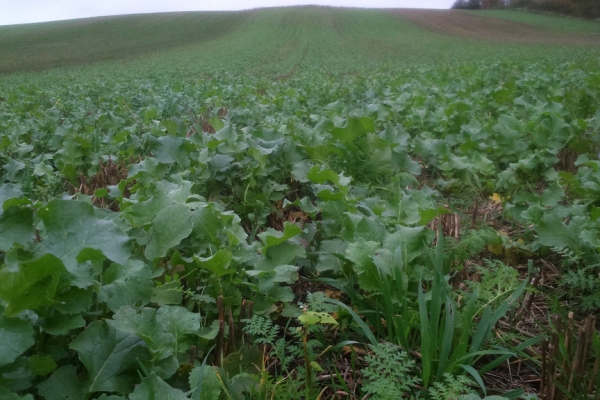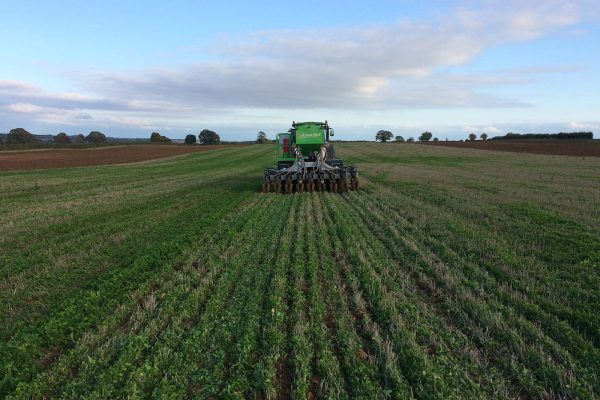Cover Crops
A practical guide to soil and system improvement
Resource explained
This NIAB TAG and Kellogg’s OriginsTM guide provides lots of practical information on using cover crops to improve soil and cropping systems that you can apply in the field.
It is divided into:
- Costs and returns; how financial benefits can be gauged and gained (focusing on yields).
- Case study of a farm using cover crops and trialing different crop species, varieties and seed rates.
- Guidance on choosing your cover crop; managing weeds and pests, environmental goals, soil fertility building and nutrition, and improving soil structure.
- Cover crop species profiles (brassicas, legumes and others i.e. oats and ryegrass).
- Crop mixtures; combination examples and what they can be particularly useful for.
- Management advice on growing cover crops, supported by data gathered from sites in the Kellogg’s OriginsTM programme. Includes growing catch and cover crops as an Ecological Focus Area.
- Examples of companies who provide cover crop seed.
- Useful publications for further information.
Findings & recommendations
- Cover crops can help increase yields and economic returns, improve resource use efficiency, and bring many environmental benefits.
- This guide focuses primarily on using autumn sown cover crops ahead of spring-sown crops, but it also includes aspects of cover crop use in wider scenarios.
- Information was taken from a range of sources including research and grower feedback and is based on current understanding on how to select, deploy and make the most of specific cover crops against identified end uses.
- The introduction recommends using the document to select the cover crop goal that best describes your objective, then use the decision guides to select an appropriate cover crop species or mix.
- The decision guides (in the form of tables) cover:
- Selecting suitable cover crops to manage weed populations and pests.
- Suitable cover crop options to achieve different soil fertility requirements.
- Using cover crops to overcome soil structure issues.
- Effects of cover crop types when sown at certain times of the year and at different rates.
- It is emphasised that the cover crop options described in the guide are suggestions. You should tailor your selection to suit your particular agronomical requirements and management inputs.
(N.B. This resource contains information that is not compatible with organic standards including reference to using the herbicide glyphosate. However, information contained within the document is potentially useful for the management of low-input farming systems.)
Related articles
An update from research undertaken as part of the Demonstration Test Catchments research platform established to investigate the extent by which on-farm mitigation measures can...
One of the AHDB ‘Farmer Experience’ profiles providing insights into how and why Jake Freestone of Overbury Farms uses cover crops.
Abstract created as part of the DiverIMPACTS project based on a long-term Dutch field trial, outlining practical recommendations, advantages, and challenges of combining winter cover...
Abstract created as part of the DiverIMPACTS project outlining some of the benefits that can be attained from establishing summer cover crops on sandy soils...
One of a series of Innovative Farmers films shining a light on a field lab - this one focuses on no till and cover crop...
Research evaluating how cover cropping systems can contribute to soil structural improvement, fertility enhancement and yield responses.
An introduction to the potential environmental and agronomic benefits of cover crops in arable systems.
A comprehensive guide to help you protect and improve biological ecosystems and crop management, and your arable and livestock enterprises.
The final report for Innovative Farmers field lab trials which aimed to determine the impacts of living mulches on cash crop yields and weed composition.


